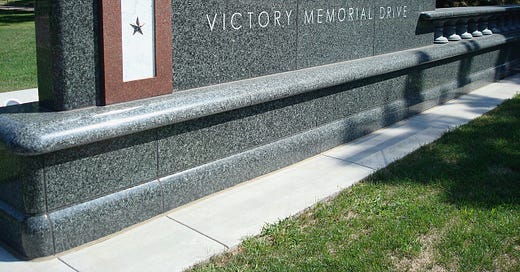A maxim of many historians is that the past is a foreign country. That’s easiest for students to see when history doesn’t just take them across time but space, along with cultural, linguistic, ideological, and other boundaries. But even when we stay closer to home and study, say, our national past, we find that the United States of centuries, decades, or even years earlier is unfamiliar to us in significant ways because of technological, demographic, political, religious, and other kinds of change.
So when I teach my World War I course, as I am again this summer, I always look forward to the moment when we focus on the home front and introduce my students to the America of 1914-1918. Next week, for example, I’ll ask my students what they think of a USA whose many internal conflicts led its leaders to stay out of a European war that seemed to hold no strategic advantage — until they decided to try to redeem the war out of a sense of national exceptionalism. Do they like that America’s relationship to its world better than the contemporary superpower so often intervening in foreign affairs for Wilsonian purposes?
But today, students start with an even more local past, learning about Bethel’s experience of the Great War after they first take a virtual tour of Minnesota’s WWI. If you’re a paid subscriber, you’re welcome to join in below the paywall.
Keep reading with a 7-day free trial
Subscribe to The Pietist Schoolman to keep reading this post and get 7 days of free access to the full post archives.



